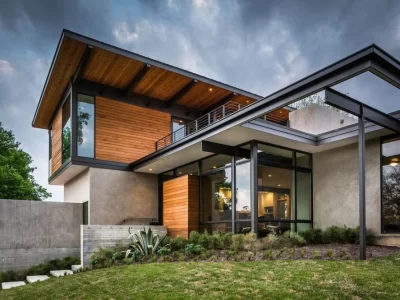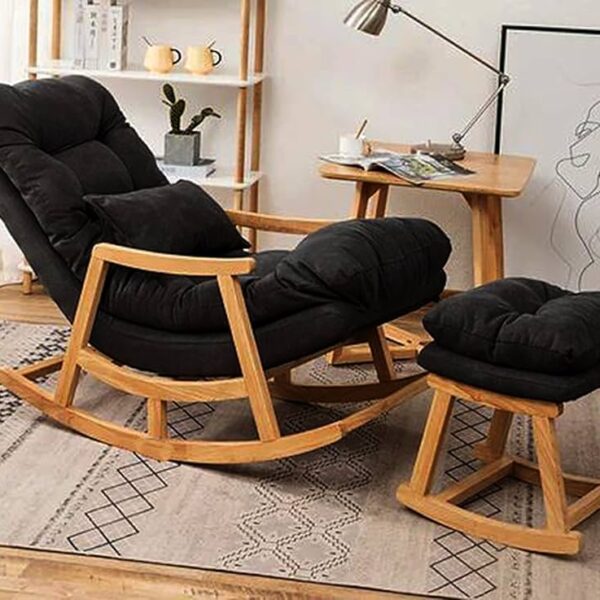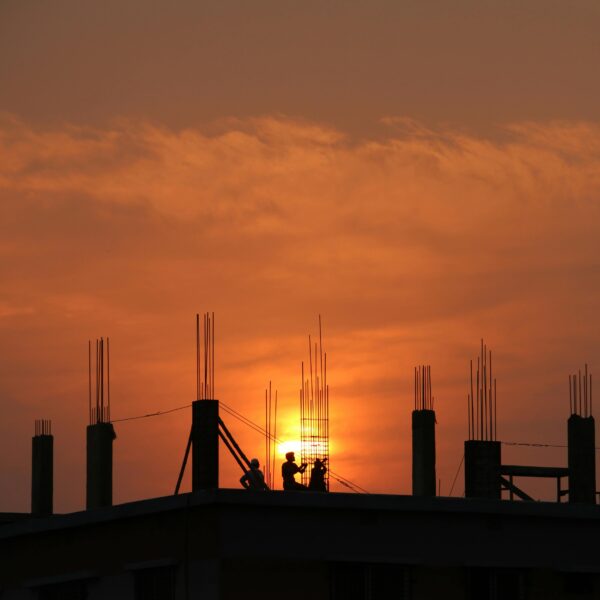
Deformed steel bars, also called reinforcing bars or rebars, are essential for concrete construction. It is simply used to provide strength and stability to concrete structures. These steel bars are designed with deformations on their surface. These bumps on the surface help them bond tightly with the surrounding concrete. If you are building a skyscraper or a house, selecting the right deformed steel ensures strength, longevity, and safety.
This post, with the required key factors, will help you navigate through the process of selecting the right rebar.
Step-By-Step Guide to Choose the Right Deformed Steel
Read further to learn about the tips to make an informed decision.
Understand Your Requirements
You should have a thorough understanding of the requirements and specifications of your project to find the perfect suit. You can start this by reviewing the designs and plans of your project. This includes understanding what type of structure you are building and the specific elements requiring reinforcement.
Moreover, you should determine the load-bearing capacity of the structure. Assess the load of the building and based on this, you will have to choose rebar with the precise strength and size.
Environmental factors including climate, moisture, and corrosive materials can affect the overall performance of reinforcing bars. So, choose bars that will provide resistance to environmental conditions.
Other than that, you should consider timelines for your projects. Delays in deliveries are quite common, so you will have to choose the right supplier who will deliver the product on time.
Check the Grade of the Steel
The minimum yield strength of a deformed steel bar is referred to as its grade. There are some grades to choose from as per the requirement.
Determine the Size and Dimensions
To influence the reinforced concrete’s strength and overall performance, the size and dimensions of deformed steel bars are crucial. When determining the appropriate rebar size, you can consider structural capacity. Due to increased cross-sectional area, larger rebar sizes have higher load-bearing capacity.
Choose the suitable diameter of rebars based on your structural needs. Remember, larger diameters offer greater strengths and load-bearing capacity. To check the requirements, you can even refer to structural drawings and design calculations.
In some cases, for special construction needs, specific shapes of rebar are required. Some of the most common customised designs are bent bars, stirrups, and hoops.
Look for Rust and Coating
Over time, rust can compromise the structural integrity as well as the longevity of rebar. Unlike some surface rust, excessive rust can affect rebar’s performance. It can reduce the effective cross-sectional area and weaken the bond with the surrounding concrete. Thus, before investing in rebar, check it for any signs of excessive corrosion.
You should opt for corrosion-resistant coatings for rebars to increase their durability and resistance to rust. Here are some common coatings to increase the serving time of steel bars.
Epoxy Coatings
By electrostatic spraying or dipping, epoxy coating is implemented on the surface of the rebar. Epoxy-coated rebar is used in environments where the coating presents a non-stop, non-metallic barrier for corrosive materials.
Galvanised Coating
Galvanised rebar is coated with a layer of zinc through a hot-dip or electroplating process. This coat acts as a sacrificial anode which protects underlying steel from corrosive agents. Galvanised coated bars are perfect for outdoor usage, in environments with excessive moisturiser, humidity, salt water, and chemicals.
FBE Coatings
To apply fusion-bonded epoxy coatings, rebars are heated and then polished with epoxy powdered coating. Here, it melts and fuses with the surface to form a protective layer. These coatings provide great chemical resistance and make them ideal for harsh environments and chemicals.
Evaluate Cost and Availability
Balancing cost and quality is very crucial for an exceptional execution. The cost of rebar can vary according to its size, grade, and type. Higher grades like Grade 75 and Grade 100, larger bar sizes, and specialised coatings can increase overall material costs.
To find competitive prices, evaluate pricing from multiple sources and inquire about the discounts for purchasing in bulk. Suppliers to form a strong connection with their customers provide coupons that can help you save on overall project costs.
Inquire about the availability of rebars from different suppliers. A lot of factors like demand, production, and seasonal fluctuations can influence the availability. Therefore, choose a supplier who can deliver the stock promptly.
Consider Supplier Reputation
To ensure that you are getting top-notch reinforcing bars, you have to check the reputation of the supplier. Start with thorough research on steel suppliers to check their reputation, credibility, and track record. Look for information about reliability, professionalism, and commitment to quality products.
You can check the reviews online as well to get hold of others’ experiences. With it, you can get feedback on the supplier’s performance, quality of products, delivery and customer service. Firsthand experience with previous clients can bring invaluable sights for you. Even, you can assess whether the company holds any relevant certifications or not.
Seek recommendations from industry friends, colleagues, and professional networks. Recommendations from trusted sources can reduce risks and can help you find a reliable supplier.
Assess Delivery and Logistics
To receive reinforced bars in a timely and efficient manner, you have to check delivery times and logistics. Clarify your delivery times to the supplier to ensure that you receive the product whenever needed. Discuss delivery mode with your steel supplier, so that you get the most suitable medium of transport for your construction.
Evaluate the building site’s access points, storage units, and material handling capabilities to ensure seamless delivery and unloading. Coordinate logistics activities such as order processing, inventory management, and delivery scheduling to execute plans effectively and limit delays.
Conclusion
Selecting the appropriate deformed steel is a critical decision for every construction project. It can significantly impact the structural integrity, durability, and cost-effectiveness of the project. You have to consider factors such as grade, size, rust, protective coatings, availability, and logistics to meet your project requirements. Investing time and effort is required to make an informed decision for more successful and sustainable construction outcomes.











